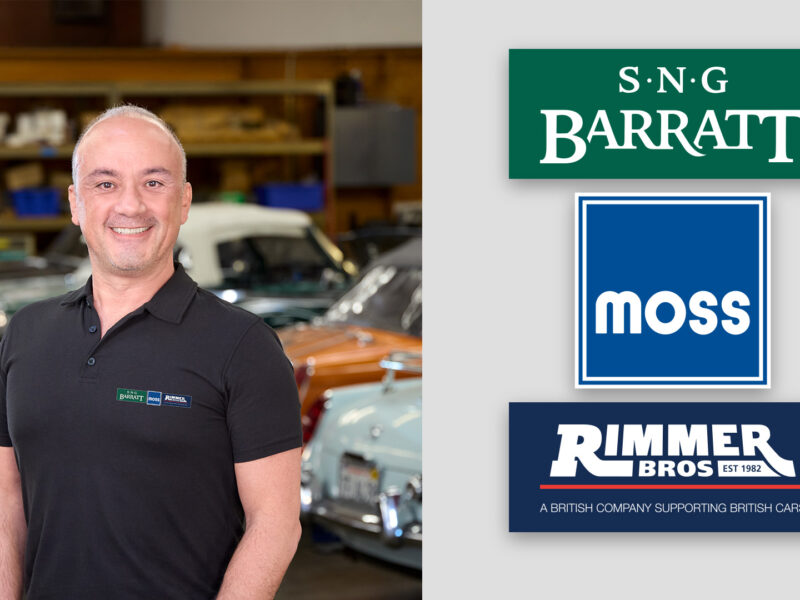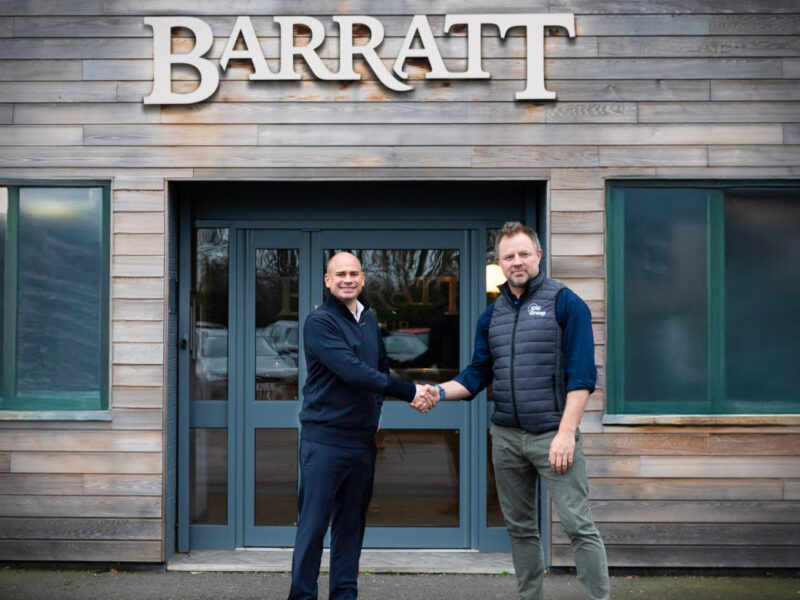When World War II ended, Dad was 45 years old. He couldn’t drive and decided our family needed a car. Somehow, someone persuaded him that a Jaguar was just the thing for him, and a wonderful black beastie appeared outside our garage-less suburban semi-detached home.
To this 14-year-old, the Jaguar SS1 was just magnificent. I think it was called an airline coupe, with a long, ventilated bonnet and a superbly rounded two-door four-passenger cabin. The inside had the odor that only well-worn leather and hot oil can produce, and the sounds were incredible. I think that was the moment I really fell in love with the motor car.
But two things had to be done. First, Dad had to learn to drive, and luckily a friend by the name of Bill Mason was the chief instructor of the skidpad at the nearby police driving school. In between bouts of teaching eager young lawmen the art of car chases on icy roads, he not only taught Dad to drive, Bill also persuaded him that the Jag was probably the least suitable car for him to own. Pity, Dad, but probably just as well. The second thing was to build a garage, which came in very useful when I later decided to build my own car!
A few years later I moved into my first apartment, which used to be occupied by a Casanova artist and sculptor who was responsible for most of the flying ducks that adorned many British living room walls. In the lock-up garage under the flat, he stored his car to keep it from the repo-men. This was another magical Jag—an SS100 sports car—which made it difficult for me to sleep, thinking of the treasures which lurked below the bedroom floor. While the repo-men finally took it away, it was an exciting car, especially in those dreary post-war years. My chum Michael Turner, the well-known motoring artist, owns one of these rare cars to this day, and is just in the process of restoring it.
While I didn’t get close to many Jags in the ensuing years, the introduction of the XK120, and the record-breaking runs over the Belgian Jabbeke Autoroute, gave them plenty of publicity. Ian Appleyard took his famous XK on the Alpine Rally in one of Europe’s toughest motoring challenges of the day and managed three years of consecutive penalty-free runs to gain the first-ever Alpine Gold Cup. (Stirling Moss won the only other Gold, awarded a few years later in the Sunbeam cars.) I had just started rallying myself, and this feat put Jaguars back at the front of my wish list, even if they were out of reach of my budget.
Soon the Jaguar team, with C and D-types, were the frontrunners at Le Mans, giving Ferrari and Mercedes a lot to think about, and even winning a couple of times. In later years, when my partner Paul Hawkins began to carve a successful career in various forms of motor racing, he invested his winnings in a couple of D-types, which would have provided a comfortable retirement had he not been so tragically killed at Oulton Park in the awesome works Lola 170.
In 1957, I started racing my little Austin A35, and in the first British saloon car championship, managed to lead the series most of the way through the season. My main competitors were Jack Sears in his Austin A105 (who finally won the championship) and Tommy Sopwith and Sir Gawaine Bailey in 3.4 Jaguars. Points were awarded on the basis of placing in the four capacity classes.
These Jags used to pass my tiny Austin every few laps or so, and they caused such a shockwave as they blasted past, that it was often quite hard to keep it on the truck! Unfortunately, I missed one fastest lap at Mallory Park, dropping me out of the lead. Sopwith and Sears tied for first place, and the championship was decided on a two-race shootout in Riley 1.5s, which neither driver had ever raced. By changing cars in between races, this was quite a fair decider. In one post-season race, I did have my revenge on the two Jags. I had built a supercharged A35 road car for a friend, and he kindly lent it to me for the annual Boxing Day Race at Brands Hatch. With all this extra power, I had equaled the lap record in qualifying, and was on the front row between the two Jags. At the drop of the flag, I was off, and into the first corner ahead of Tommy and Gawaine, which not only gave me some satisfaction, but also made the evening TV news reports, us it wasn’t often that anything appeared ahead of those two Jaguars!
Finally, I did get a Jaguar of my own. By this time, the 3.8 Mark II version had been introduced, which had the wider rear track to greatly improve roadholding, and—to my mind—appearance. While this purchase was mainly as a road car to enjoy the weekend journey up the motorway to my little country collage retreat, the idea of taking such a comfortable car onto a rally was always a temptation. I used to drive my smart 3.8 to the local village pub near where I lived, and where I often met “Lofty” England for a drink. He had been the factory Competition Manager through all their great successes, and was now one of the bosses. Finally, I succumbed and entered a rally.
I sent my car to Bob Berry, a well-known Jag driver who was now in charge of competition preparation at the Jaguar factory, and had him do his magic for me to compete in the Tulip Rally. In all the previous years, my rally cars were the barest, stripped-down competition tools, built only with the object of winning. Now I had this most comfortable sedan, with leather trim, radio, and air conditioning and with all this extra power and road-holding into the bargain.
I remember crossing the finish line on the first speed test of the event at over 130 miles per hour, but even this was not to be enough, as my pal Henri Greder had arrived with one of the factory Ford Falcons. I had driven one of them in a Monte Carlo Rally and was amazed at the performance of the huge Holman and Moody V8 engines in a very lightweight fiberglass body. Our stock model didn’t have much of a hope against the power of the Ford factory, but I can bet we were far more comfortable listening to the music amidst the luxurious leather of my commuter car!







'Jaguar Dreams' has no comments
Be the first to comment this post!